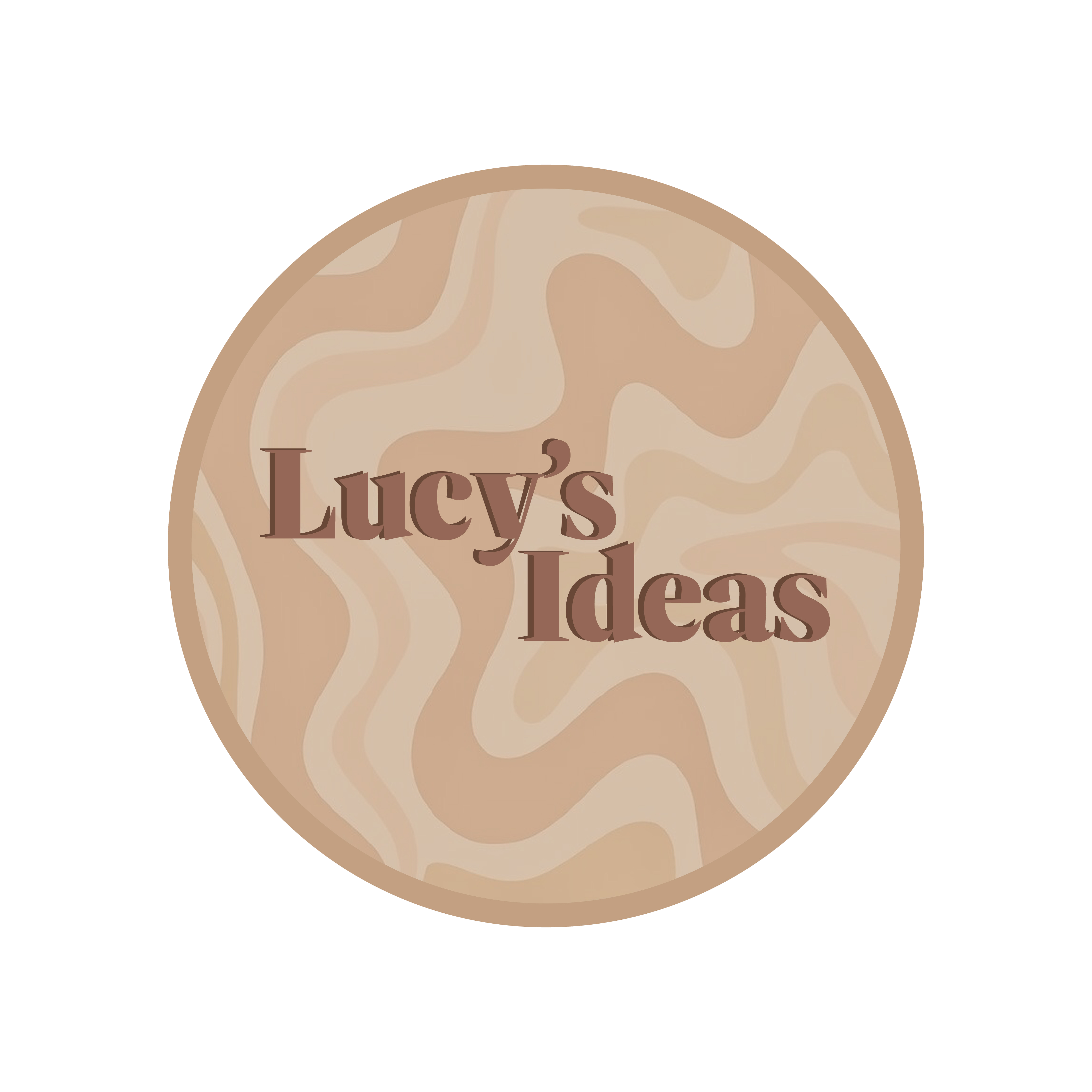Collage describes both the technique and the resulting work of art in which pieces of paper, photographs, fabric, and other ephemera are arranged and stuck down onto a supporting surface. The term collage derives from the French term papiers colles (or decoupage), used to describe techniques of pasting paper cut-outs onto various surfaces. It was first used as an artists’ technique in the early twentieth century. Collage can also include other media such as painting and drawing and contain three-dimensional elements.
“Collage allows the opening up of conscious, which is very direct… it’s also a way of looking at what you are consuming all the time” – John Stezaker
Jessie Craig only uses elements of her own photographs rather than found images and often feature female forms, sometimes those of celebrities. In one piece, Jessie highlights three main components: actress Phoebe Fox reclining on a couch with her gaze pointed at the viewer, another Phoebe Fox lying above her with eyes peering curiously upwards, and a backdrop of a pastel paints haphazardly spread in an artistic process.
She shows her humour through the use of repetition with slight variation, and the light, muted hues within the work compliment the relaxed mood of the actress’s facial expressions. This collage feels like extremely pleasant and soft yet leaves the viewer wondering.

Based between Boston and Singapore, Nydia Hartono is a photographer and filmmaker currently studying visual and media arts at Emerson College. Hartono’s collage artwork includes pieces for Paper and Mood magazines. A horizontally scrolling theme with full size images allows all the detail of Nydia’s work to shine.
She is very much inspired through in the moment action and how each element is felt when coming together. Robert Mapplethorpe’s collages are very similar in perspective and explores her techniques shown in the collages. She claims that she starts with a key image and a box of cut-outs and materials collected over the years from old magazines and books. Because of the spontaneous and experimental nature of collaging, the process becomes very playful. You never know what the final image will look like until it’s done.

Much like its paper counterparts, a digital collage is created by layering together virtual images from various sources into a new piece of art. Digital collage art is everywhere; you just might not notice. When an image is imposed onto a background, that’s a digital collage. When text is placed over an image, that’s a digital collage. When multiple images are layered together, that’s a digital collage. Just like with any art form, digital collages vary in difficulty, size, colour, and style.
London based commercial artist James Dawe uses collage and photo manipulation like a true genius. His compositions are quite distinctive and filled with literally everything. And even though it looks pretty alternative, his art is simultaneously quite commercial. All of his work includes extremely vibrant visuals based around whatever company he is designing for. This is usually commercial and includes a collection of digitalised collages.

References
Dawe, J., n.d. Luxuriously textured future-scapes. [Online]
Available at: https://jamesdawe.co.uk/
[Accessed 29 03 2022].
digitalmindsphotography.com, n.d. The Collage Portrait. [Online]
Available at: https://digitalmindsphotography.com/photo-projects/portrait-unit-projects/the-collage-portrait/
[Accessed 29 03 2022].
Roche, J. C., n.d. Jessie Craig Roche. [Online]
Available at: https://jessiecraig.format.com/collage#6
[Accessed 29 03 2022].
